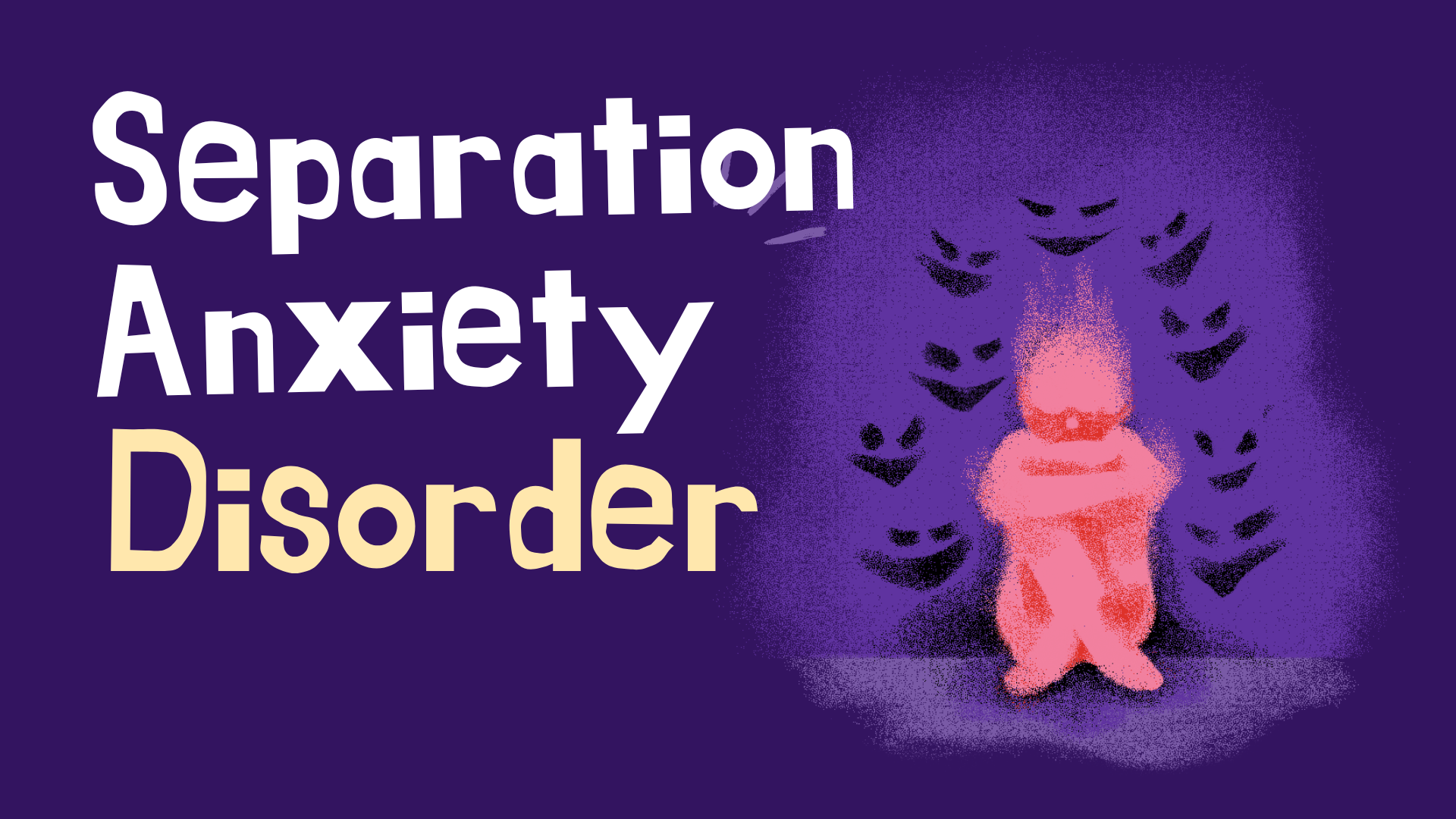Separation Anxiety Disorder

Separation Anxiety Disorder in DSM-5-TR: Comprehending Its Correlation with Reactive Attachment Disorder in Adults
Humans are a social animal, and they want to live and attach with people like themselves. Human nature is to make emotional connections with people around them. These emotional relationships of an individual with others are essential for the mental stability of the individual. If an individual’s emotional attachment is broken, it is called separation anxiety disorder.
To know better about separation anxiety disorder, you have to look at the diagnostic criteria of separation anxiety disorder according to the Diagnostic and Statistical Manual of Mental Disorders, DSM-5-TR. According to DSM, the diagnostic criteria of Separation Anxiety Disorder are:
Diagnostic Criteria A.
In separation anxiety disorder, individuals show inappropriate and excessive fear or anxiety. This excessive fear of separation is for individuals with whom the person is attached—individuals who experience at least three of the following symptoms.
- Excessive distress when experiencing separation from home. Individuals feel excessive distress when experiencing separation from prominent attachment figures.
- Excessive worry of losing a central attachment figure. Individuals feel excessive concern about the possible harm, injury, or death of attachment figures.
- Excessive and unrealistic worry of experiencing any unfortunate event with attachment figures. These unrealistic figures include fear of accidents, fear of kidnapping, and fear of becoming ill.
- An individual feels unrealistic fear and is reluctant to go out to school, work, or elsewhere. This is all due to fear of separation.
- Excessive and unrealistic fear of being alone. Excessive fear of living without an attachment figure.
- Refusal to sleep away from an attachment figure.
- An individual experienced repeated nightmares of losing an attachment figure.
- The individual experiences persistent physical complaints of stomachaches, nausea, and vomiting.
Diagnostic Criteria B.
The persistent fear and anxiety are persistent. These symptoms last for at least 4 weeks.
Diagnostic Criteria C.
These symptoms cause significant disturbance in the academic, social, and occupational life of an individual.
Diagnostic Criteria D.
These symptoms are not due to any other mental disorders.
In adults, this persistent anxiety causes many challenges for individuals. The main challenges faced by individuals are in sustaining relationships.
Early Childhood and Attachment Styles:
According to studies of attachment theories, a child’s bond with their caregiver is the basis of emotional growth. If a child has a secure attachment with a caregiver who gives them love, safety, and comfort, they are emotionally intense. If a child has a trustworthy relationship, they feel safe.
But if a child is neglected in childhood, then they experience trouble in making attachments in life.
If these childhood issues are not treated, they can cause reactive attachment disorder in adults. People with symptoms of separation anxiety disorder find it hard to trust others. These people face difficulty in keeping relationships and controlling their emotions.
Separation Anxiety & Reactive Attachment Disorder in Adults:
Separation Anxiety Disorder (SAD) and Reactive Attachment Disorder in adults (RAD) both have separate diagnoses.
A child who has undergone extended separation, emotional neglect, or erratic caregiving may cultivate maladaptive coping strategies.
Over time, childhood fears that aren’t dealt with can turn into symptoms in adults that are similar to reactive attachment disorder in adults, like
(i) Struggling to form healthy connections in romantic or social relationships.
(ii) Fear of being close or emotional distance
(iii) Not looking someone in the eye and showing love.
(iv) Fear of being left behind has grown.
(v) Hard to trust other people and control feelings
Adults with RAD often have trouble with self-esteem and intimacy. This makes it hard for individuals to connect with others emotionally, even when they want to be close. This emotional pattern can be traced back to broken attachment bonds in early childhood. This all shows how trauma in childhood can have long-lasting effects on mental health.
Significant signs of separation anxiety and reactive attachment disorder:
To know when you need professional help, you need to know what the signs of reactive attachment and separation anxiety disorder are. In adults, these conditions may present as nuanced emotional or relational challenges rather than explicit tantrums or clinginess, as observed in children.
Some common signs are:
(a) A constant fear of being rejected or left behind.
(b) A strong need for comfort.
(c) Too much trust in relationships or people in power.
(d) Struggling to express feelings
(e) Uncomfortable with being close to someone or showing affection
(f) Having trouble keeping boundaries
Both disorders can coexist with or resemble conditions such as autism spectrum disorder, depression, or generalized anxiety.
How to treat Separation anxiety disorder and Reactive attachment disorder in Adults?
As in the present era, mental and psychological issues are causing many problems. To live a better physical and mental health, it is necessary to diagnose and treat these disorders properly. There are many treatments like medication, therapy, and exercises that are the best way to live a happy life. Therapies are mainly used to treat such individuals for trust, emotional awareness, and relationship stability.
1. Cognitive-Behavioral Therapy
CBT is excellent for treating negative thoughts, emotions, and anxiety problems. CBT helps people figure out what negative thoughts they have, face their fears of being left alone, and come up with better ways to deal with stress. CBT is helpful for anxiety, depression, and other psychological disorders.
2. Making Safe Attachments
Therapists often use attachment-based methods to help adults form secure attachments. Individuals struggling with relationships and attachment disorders are trained to build strong and healthy relationships with other individuals.
4. Therapy for Personal Relationships
Therapy can help with better personal relationships, as separation anxiety disorder is due to attachment anxieties, so therapies help individuals to build strong relationships.